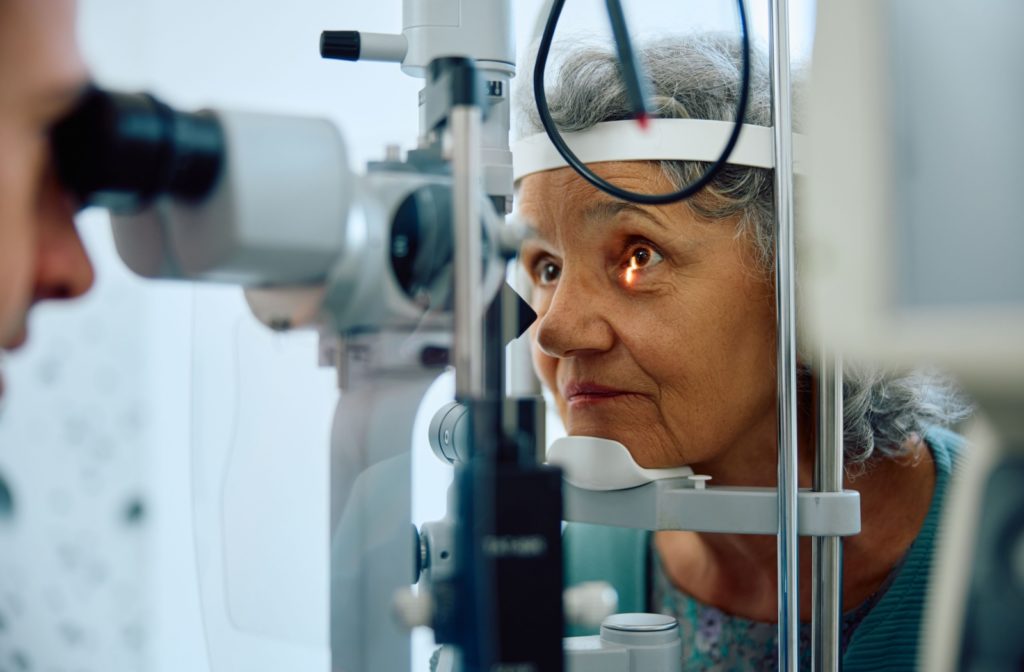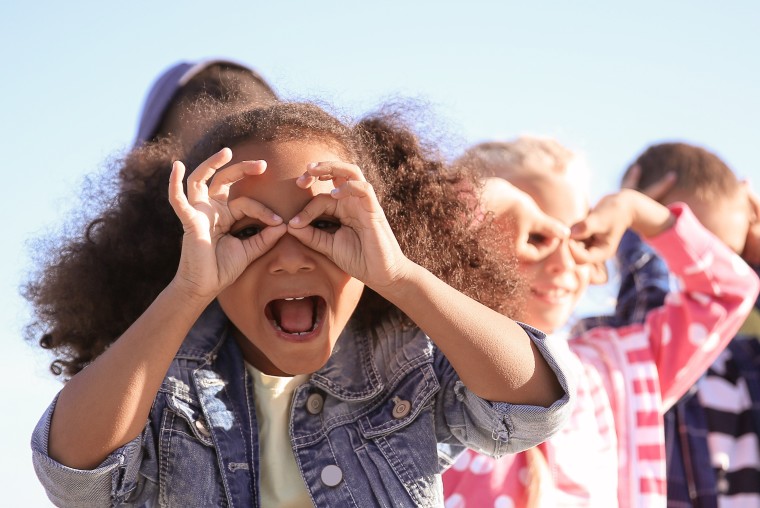All Categories
Featured
Reduced vision, a problem where standard glasses, call lenses, or surgery can not fully bring back sight, can make everyday activities testing. Low vision rehab provides a range of sources to help people maintain their self-reliance and quality of life. This write-up checks out the options readily available for those looking for support in handling their aesthetic problems.
What Is Low Vision Rehabilitation?
Low vision rehabilitation is an organized strategy to aid people maximize their continuing to be vision and adapt to brand-new ways of doing everyday jobs. Experts function with clients to create personalized methods, integrating tools, techniques, and training programs that suit their special demands.
![]()
Key Options for Reduced Vision Rehab
Vision Enhancing Tools
Optical Aids: Tools like magnifiers, telescopic glasses, and unique reading lenses can improve clearness for analysis, writing, and other close-up activities.
Electronic Visual Help: Devices such as digital magnifiers and portable video magnifiers supply adjustable zoom capabilities for different jobs.
Wearable Modern technology: Smart glasses geared up with cameras and voice comments offer cutting-edge solutions for boosting vision.
![]()
Assistive Innovation
Display viewers, text-to-speech applications, and gadgets with voice commands make innovation accessible for individuals with reduced vision.
Smartphone applications, such as navigation help and item acknowledgment devices, aid individuals engage with their surroundings better.
Training and Therapy
Alignment and Wheelchair Training: Specialists instruct skills for browsing areas safely, including making use of white walking canes or guide canines.
Daily Living Abilities Training: Rehab programs give strategies for cooking, cleaning, and personal treatment, ensuring that people can carry out important tasks independently.
Visual Skills Training: Exercises created to maximize the use of remaining peripheral vision can improve visual performance.
Ecological Adjustments
Adjustments to living or offices can considerably improve ease of access. Instances include:
Installing brighter illumination.
Including high-contrast markings to home appliances.
Organizing furnishings to create clear paths.
Assistance Networks
Psychological and emotional assistance is an important component of recovery. Support groups, therapy sessions, and therapy solutions can assist people deal with the difficulties of vision loss.
![]()
Peer networks connect people with similar experiences, cultivating a feeling of neighborhood and shared discovering.
Exactly How to Access Reduced Vision Rehab Solutions
Reduced vision recovery services are usually offered by:
Low Vision Clinics: Run by eye doctors and eye doctors concentrating on vision problems.
Physical Therapists: Experts in adapting atmospheres and jobs to suit individual requirements.
Nonprofit Organizations: Teams such as the American Structure for the Blind (AFB) or regional blindness support organizations use beneficial sources and references.
Final Thought
Living with low vision can really feel overwhelming, yet with the right assistance and tools, people can proceed to lead meeting lives. Low vision rehab gives an array of sources tailored to boost functionality, increase self-confidence, and enhance lifestyle. If you or an enjoyed one is encountering the difficulties of reduced vision, take into consideration connecting to an expert or rehabilitation facility to discover the several options available. With each other, these remedies guarantee that vision loss does not specify or limit one's capacity.
What Is Low Vision Rehabilitation?
Low vision rehabilitation is an organized strategy to aid people maximize their continuing to be vision and adapt to brand-new ways of doing everyday jobs. Experts function with clients to create personalized methods, integrating tools, techniques, and training programs that suit their special demands.

Key Options for Reduced Vision Rehab
Vision Enhancing Tools
Optical Aids: Tools like magnifiers, telescopic glasses, and unique reading lenses can improve clearness for analysis, writing, and other close-up activities.
Electronic Visual Help: Devices such as digital magnifiers and portable video magnifiers supply adjustable zoom capabilities for different jobs.
Wearable Modern technology: Smart glasses geared up with cameras and voice comments offer cutting-edge solutions for boosting vision.

Assistive Innovation
Display viewers, text-to-speech applications, and gadgets with voice commands make innovation accessible for individuals with reduced vision.
Smartphone applications, such as navigation help and item acknowledgment devices, aid individuals engage with their surroundings better.
Training and Therapy
Alignment and Wheelchair Training: Specialists instruct skills for browsing areas safely, including making use of white walking canes or guide canines.
Daily Living Abilities Training: Rehab programs give strategies for cooking, cleaning, and personal treatment, ensuring that people can carry out important tasks independently.
Visual Skills Training: Exercises created to maximize the use of remaining peripheral vision can improve visual performance.
Ecological Adjustments
Adjustments to living or offices can considerably improve ease of access. Instances include:
Installing brighter illumination.
Including high-contrast markings to home appliances.
Organizing furnishings to create clear paths.
Assistance Networks
Psychological and emotional assistance is an important component of recovery. Support groups, therapy sessions, and therapy solutions can assist people deal with the difficulties of vision loss.

Peer networks connect people with similar experiences, cultivating a feeling of neighborhood and shared discovering.
Exactly How to Access Reduced Vision Rehab Solutions
Reduced vision recovery services are usually offered by:
Low Vision Clinics: Run by eye doctors and eye doctors concentrating on vision problems.
Physical Therapists: Experts in adapting atmospheres and jobs to suit individual requirements.
Nonprofit Organizations: Teams such as the American Structure for the Blind (AFB) or regional blindness support organizations use beneficial sources and references.
Final Thought
Living with low vision can really feel overwhelming, yet with the right assistance and tools, people can proceed to lead meeting lives. Low vision rehab gives an array of sources tailored to boost functionality, increase self-confidence, and enhance lifestyle. If you or an enjoyed one is encountering the difficulties of reduced vision, take into consideration connecting to an expert or rehabilitation facility to discover the several options available. With each other, these remedies guarantee that vision loss does not specify or limit one's capacity.
Latest Posts
Identifying When Your Car Needs Expert Vehicle Service at Montclare Auto Repair
Published May 26, 25
1 min read
Learn How to Cut Costs on Car Maintenance with Montclare Auto Repair’s Limited-Time Deals
Published May 24, 25
1 min read
Protect Your Home with Quality Residential Roof Covering
Published May 23, 25
1 min read
More
Latest Posts
Identifying When Your Car Needs Expert Vehicle Service at Montclare Auto Repair
Published May 26, 25
1 min read
Learn How to Cut Costs on Car Maintenance with Montclare Auto Repair’s Limited-Time Deals
Published May 24, 25
1 min read
Protect Your Home with Quality Residential Roof Covering
Published May 23, 25
1 min read